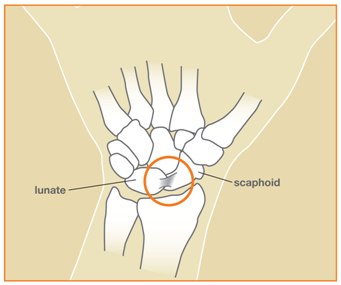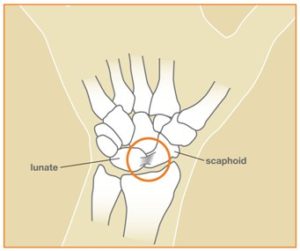What is the Issue?
Arm pain relates to any pain or discomfort in the arm. It can be caused by a wide variety of problems, not only those that originate in the area, but also issues with the neck, back or hand that extend to the arm. Issues can range from fractures to compressed nerves and repetition strain injuries and there can manifest immediately, or develop over time. The issue above sounds like Tennis Elbow could be the culprit.
Causes of Arm Pain
There are numerous causes of arm pain, some serious and some easily treatable. Here are some of the most common:
Tennis Elbow: Tennis Elbow – or lateral epicondylalgia – is an injury to the muscles that extend from the elbow to the wrist caused by an excess of stress on the muscle tissue at the anchor point where the arm bone meets the elbow.
Broken arm/wrist/hand: A crack or break in the bones of the arm, wrist or hand, usually caused by a traumatic blow.
Dequervains Syndrome: Dequervains Syndrome is the irritation of the two tendons that insert at the base of the thumb as they pass through the extensor sheath. Repetitive movements of the thumb and wrist as well as activities requiring pinching can cause pain and swelling around the tendon.
Carpal Tunnel Syndrome: Carpal tunnel syndrome is the compression of the median nerve as it passes through the carpal tunnel. Compression of the nerve can cause symptoms such as numbness, pins and needles, tingling, swelling, pain and weakness.
Angina: A condition caused by reduced blood flow to the heart. Can result in pain in the arm, back, shoulders and chest.
Pinched nerve: A pinched nerve can be the result of increased pressure on a nerve from surrounding bones, muscles or tendons (carpal tunnel syndrome is an example of a pinched nerve).
Rotator Cuff injury: The Rotator Cuff is a collection of muscles and tendons that help move the shoulder and aid with general stabilisation. Overuse or a heavy blow may cause small tears or strains in the Rotator Cuff, leading to pain and discomfort in the arm.
Clinical Examinations
For many causes of arm pain, an X-Ray or MRI may be appropriate. Your hand therapist will let you know if this is required.
Symptoms – when should you see a doctor or hand therapist?
Use your best judgement when assessing whether to seek medical assistance or not. It is always better to be on the safe side.
Many of the conditions above may require medical assistance and therapy. For example, if you have broken your arm, your doctor will refer you for x-rays to help determine whether you can be managed conservatively by cast immobilisation or require surgery to obtain correct bone alignment in order to ensure a healthy healing process. Your hand therapist can fit you with a waterproof cast once your swelling is down, and assist you regain motion and strength once the fracture is healed.
Treatment
Mild symptoms of arm pain can be self-treated. Rest is the key: avoid using your arm in way that can cause pain or discomfort. Icing the affected area 15-20 minutes a day can help reduce pain and swelling.Depending on the severity of the condition, therapy may include education and advice, creation of an appropriate exercise program, massage and provision of braces and supports if required.
Surgical Treatment
Surgical treatment may be required in extreme cases of arm pain. Your therapist can discuss this with you and your GP and arrange a referral to a surgeon if required. If you have any questions regarding a condition you have or to book an appointment, feel free to contact us here. We’d be more than happy to help.
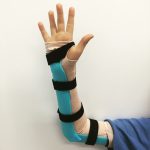

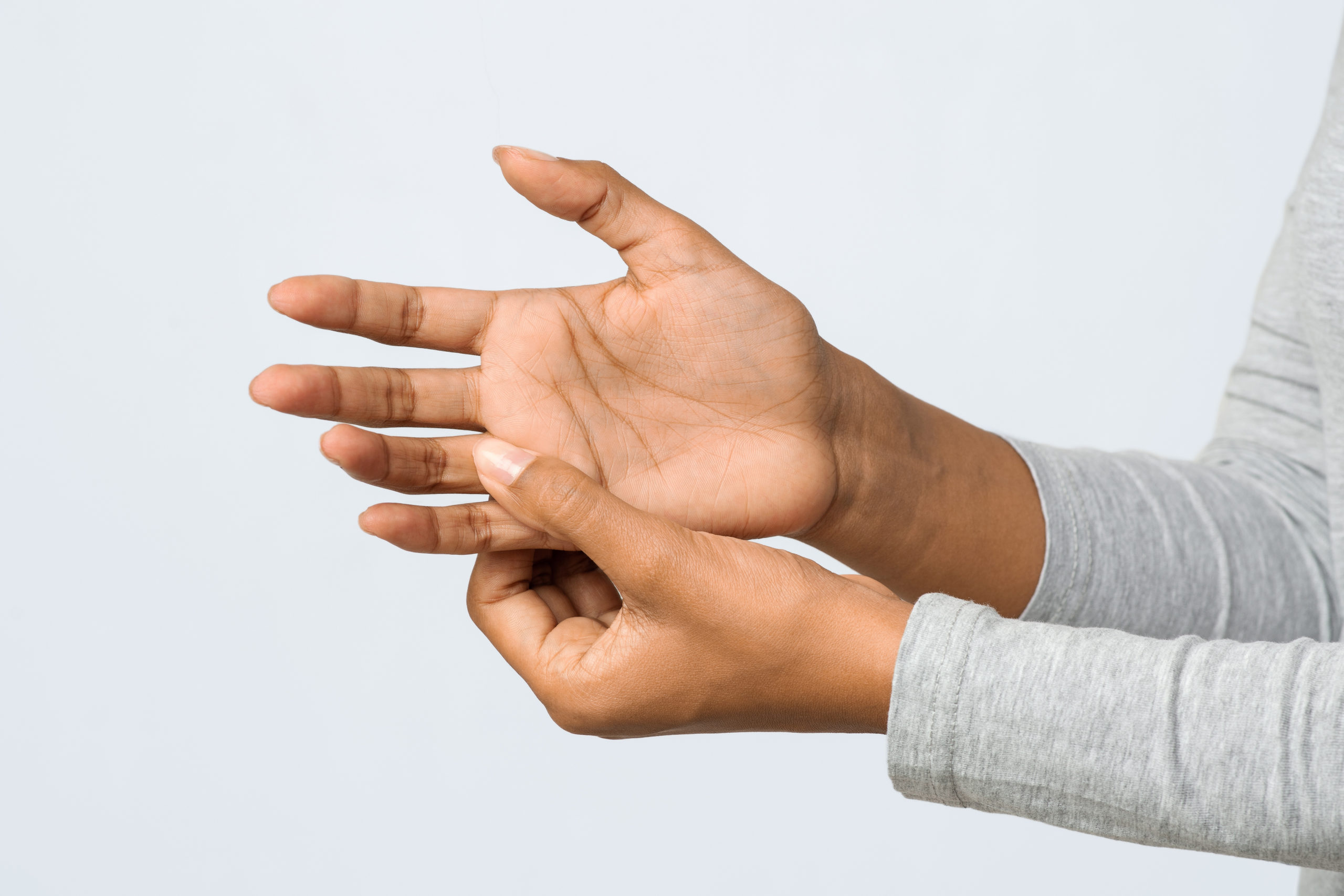
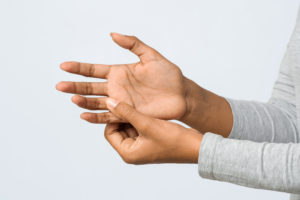 There are many causes of finger pain. The above example sounds like a classic case of trigger finger but there are many issues which may cause pain or discomfort in the fingers and will require treatment from your hand therapist.
There are many causes of finger pain. The above example sounds like a classic case of trigger finger but there are many issues which may cause pain or discomfort in the fingers and will require treatment from your hand therapist.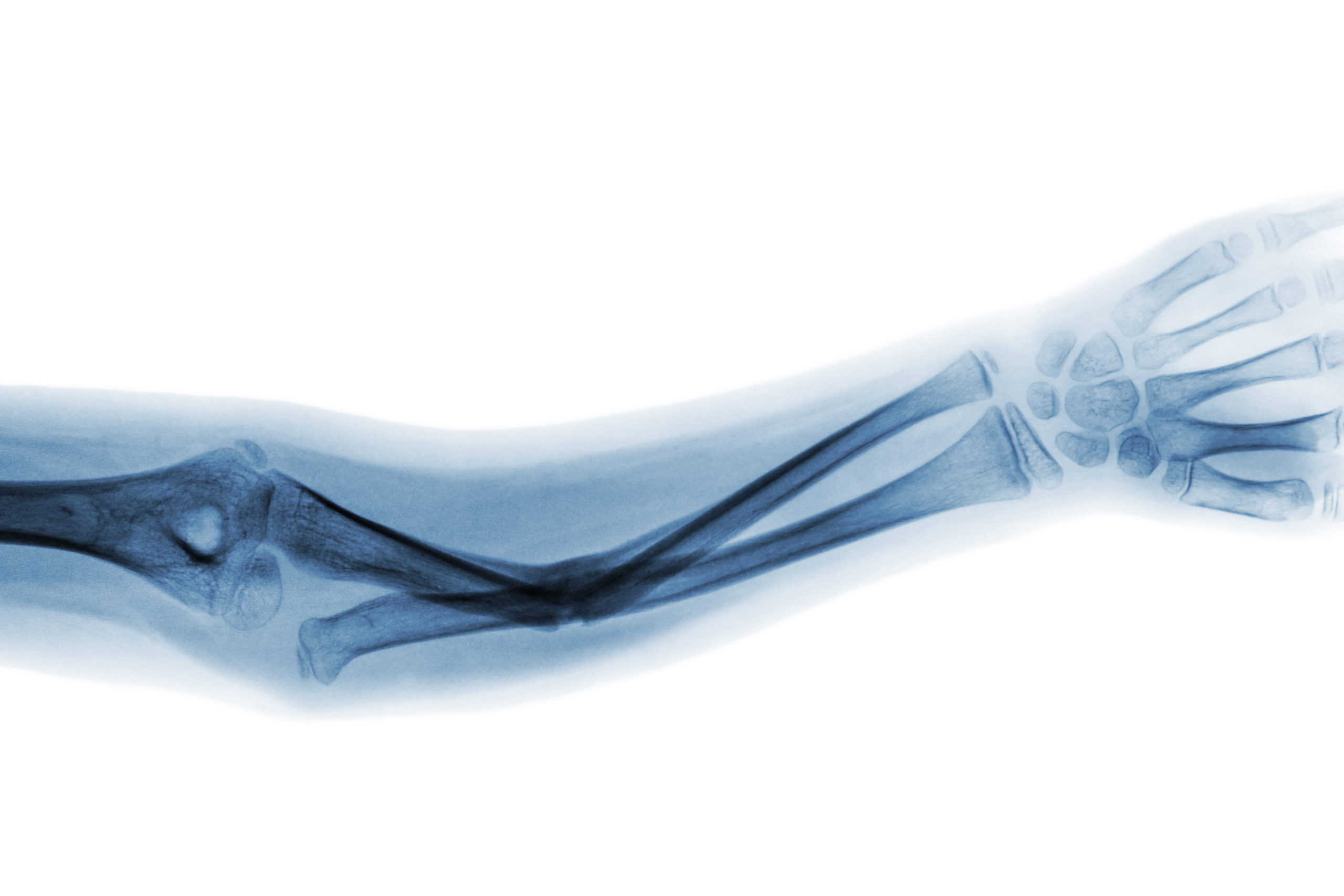
 The elbow is made up of three main bones: the humerus, the radius and the ulna. The elbow joint consists of portions of these three bones: the distal humerus is the centre of the elbow, the radial head moves around the distal humerus and rotates when the wrist is turned, and the olecranon is the bony part of the elbow that protrudes when your arm is flexed and which cups the end of the humerus.
The elbow is made up of three main bones: the humerus, the radius and the ulna. The elbow joint consists of portions of these three bones: the distal humerus is the centre of the elbow, the radial head moves around the distal humerus and rotates when the wrist is turned, and the olecranon is the bony part of the elbow that protrudes when your arm is flexed and which cups the end of the humerus. 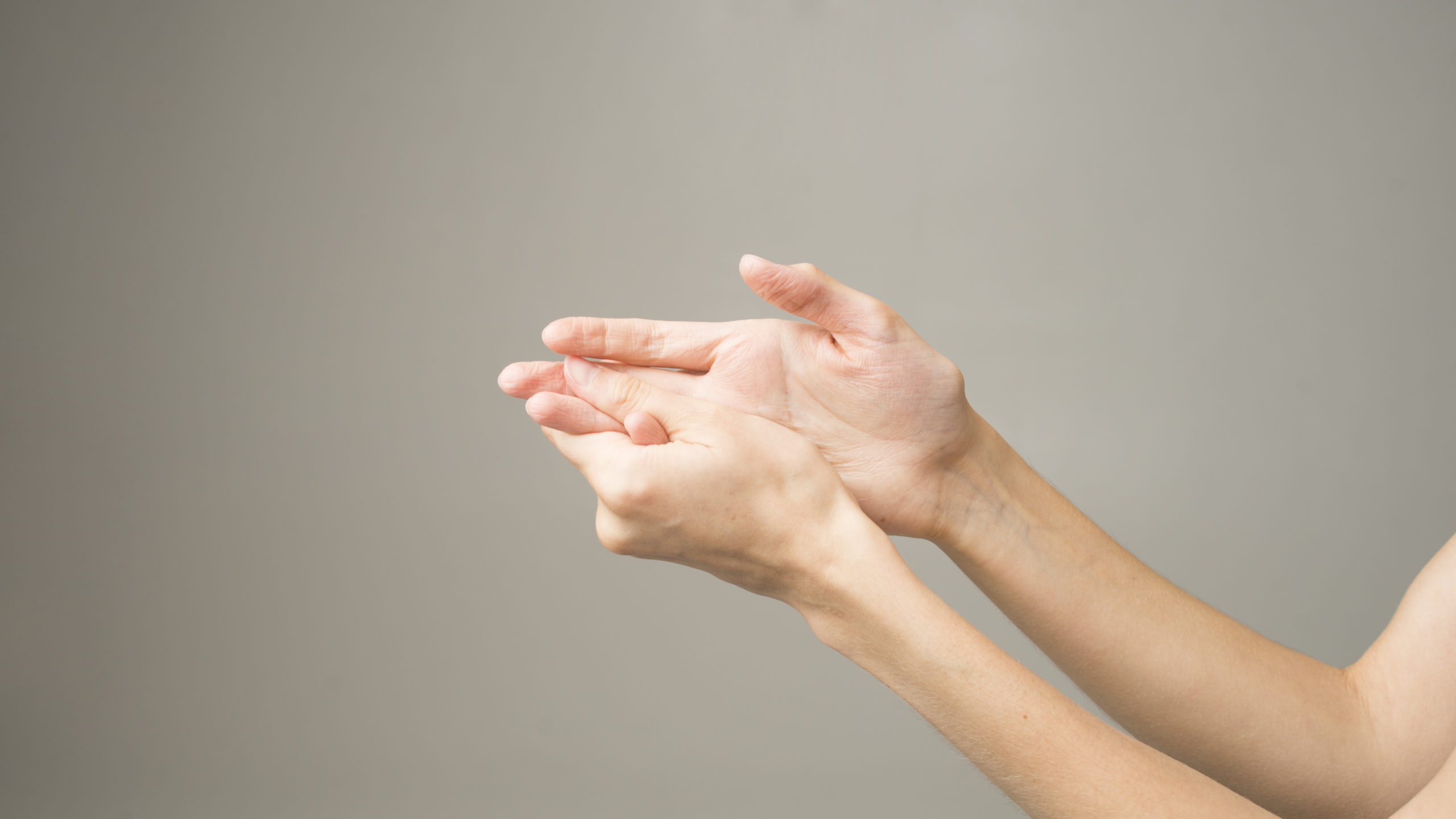
 The Volar Plate is a thick ligament which joins together two bones in the finger and prevents hyperextension. It is located on the palm side of the finger in the
The Volar Plate is a thick ligament which joins together two bones in the finger and prevents hyperextension. It is located on the palm side of the finger in the 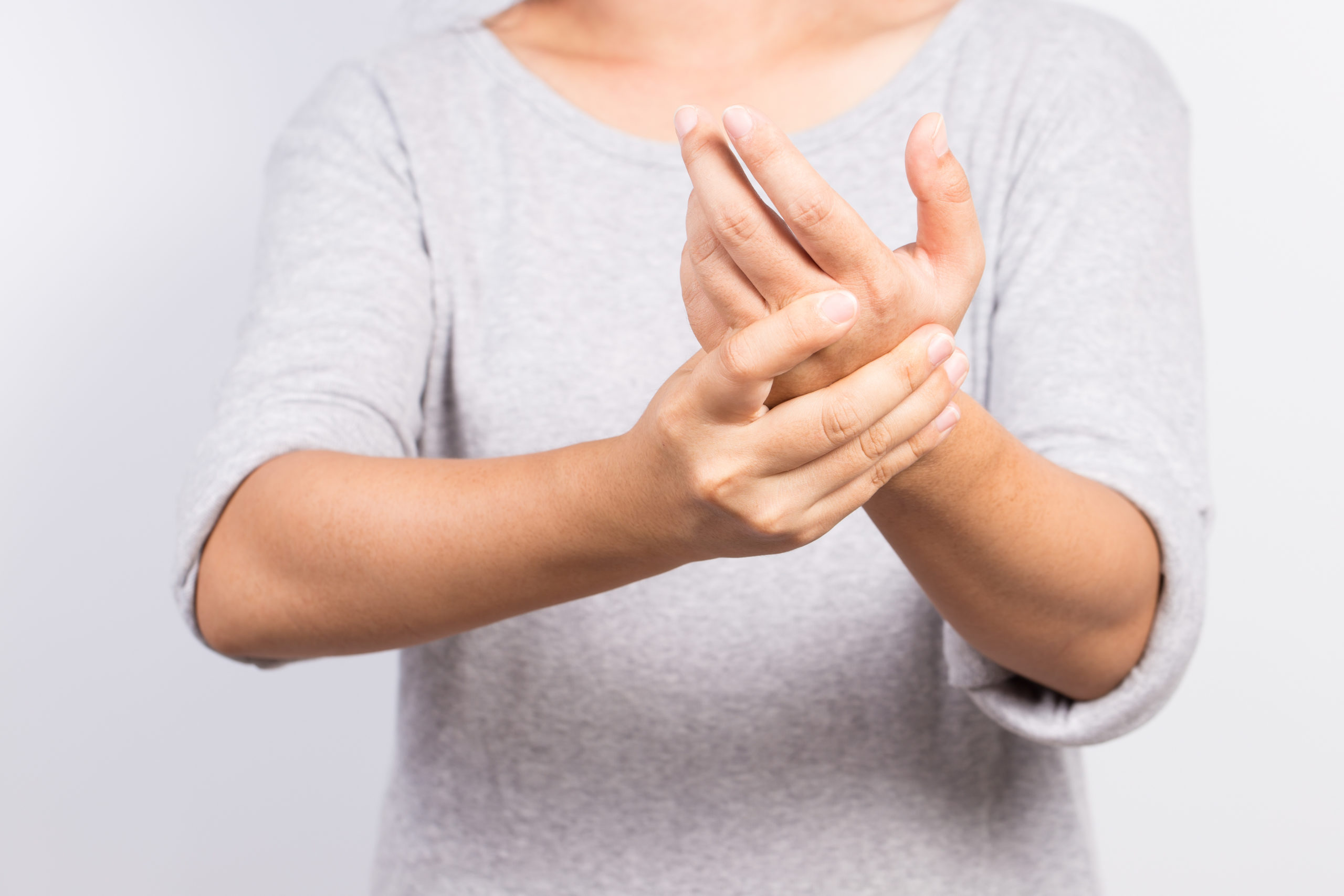
 Thump pain refers to any pain or discomfort in the thumb region including bones, muscles, joints and ligaments. It can be caused by a number of different issues, and is not always result of direct impact on the thumb. The scenario above is a classic case of
Thump pain refers to any pain or discomfort in the thumb region including bones, muscles, joints and ligaments. It can be caused by a number of different issues, and is not always result of direct impact on the thumb. The scenario above is a classic case of 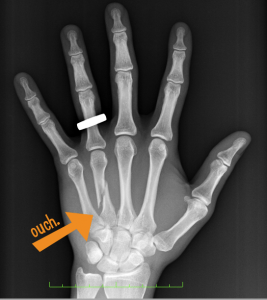

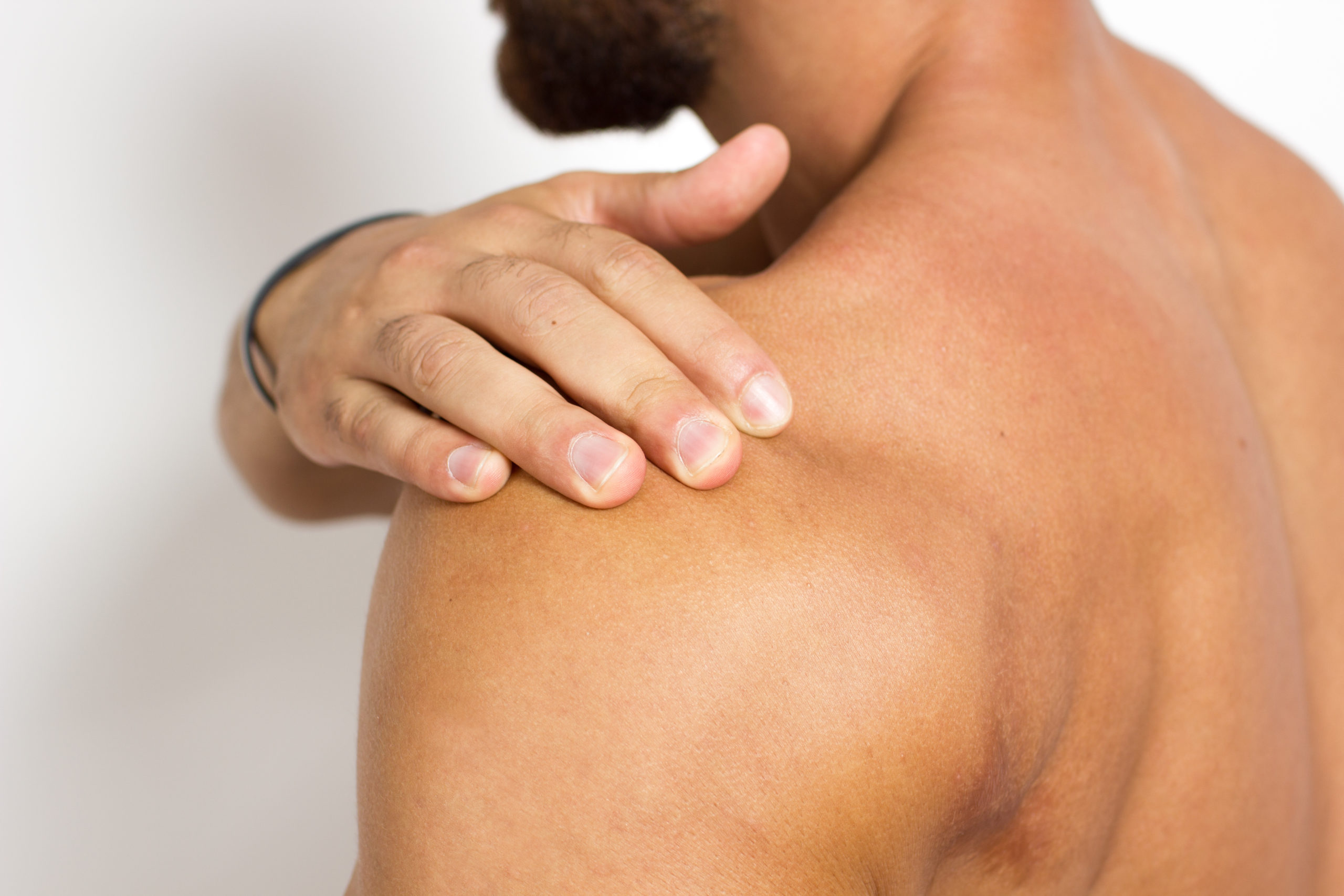
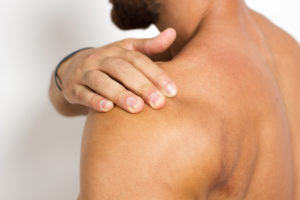 What is it?
What is it?
